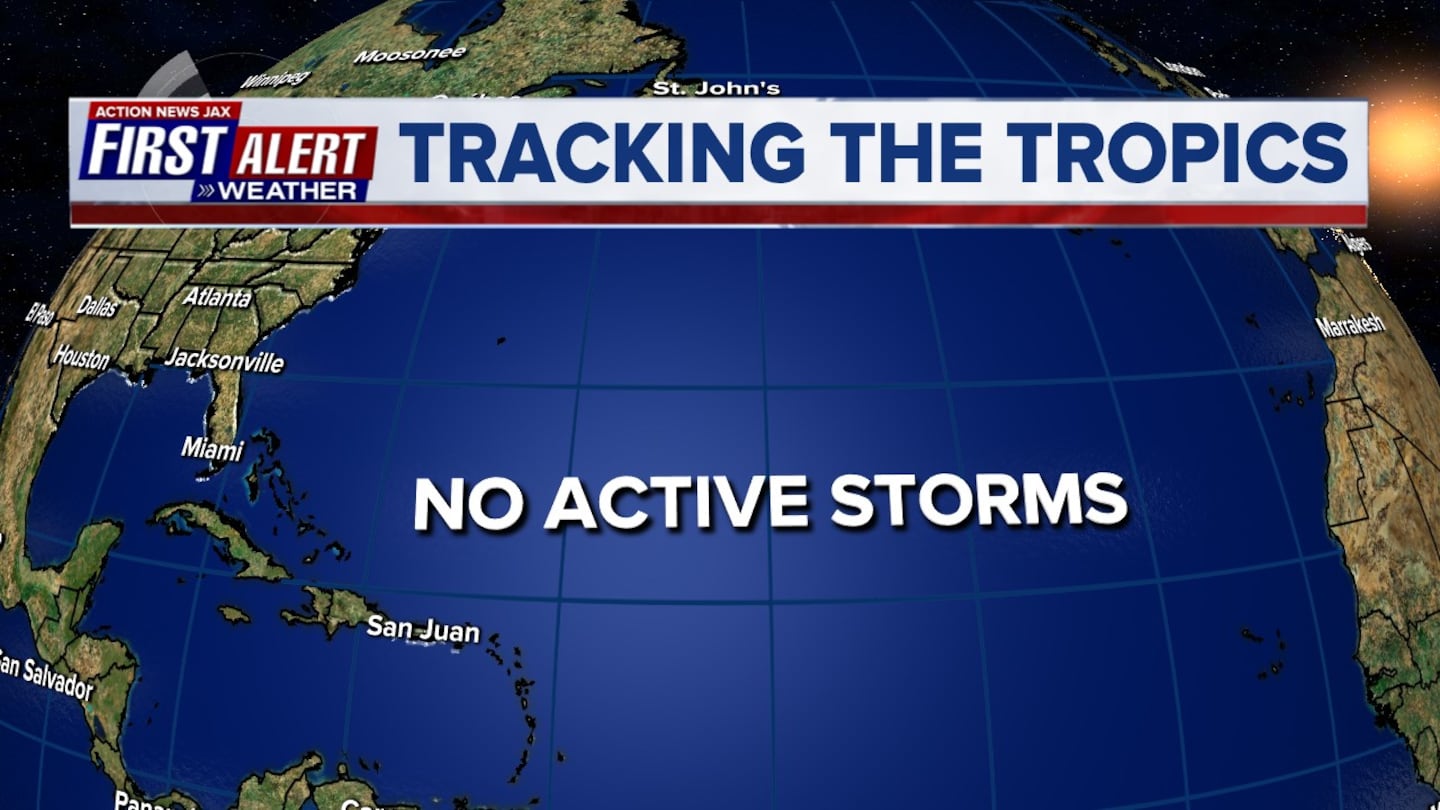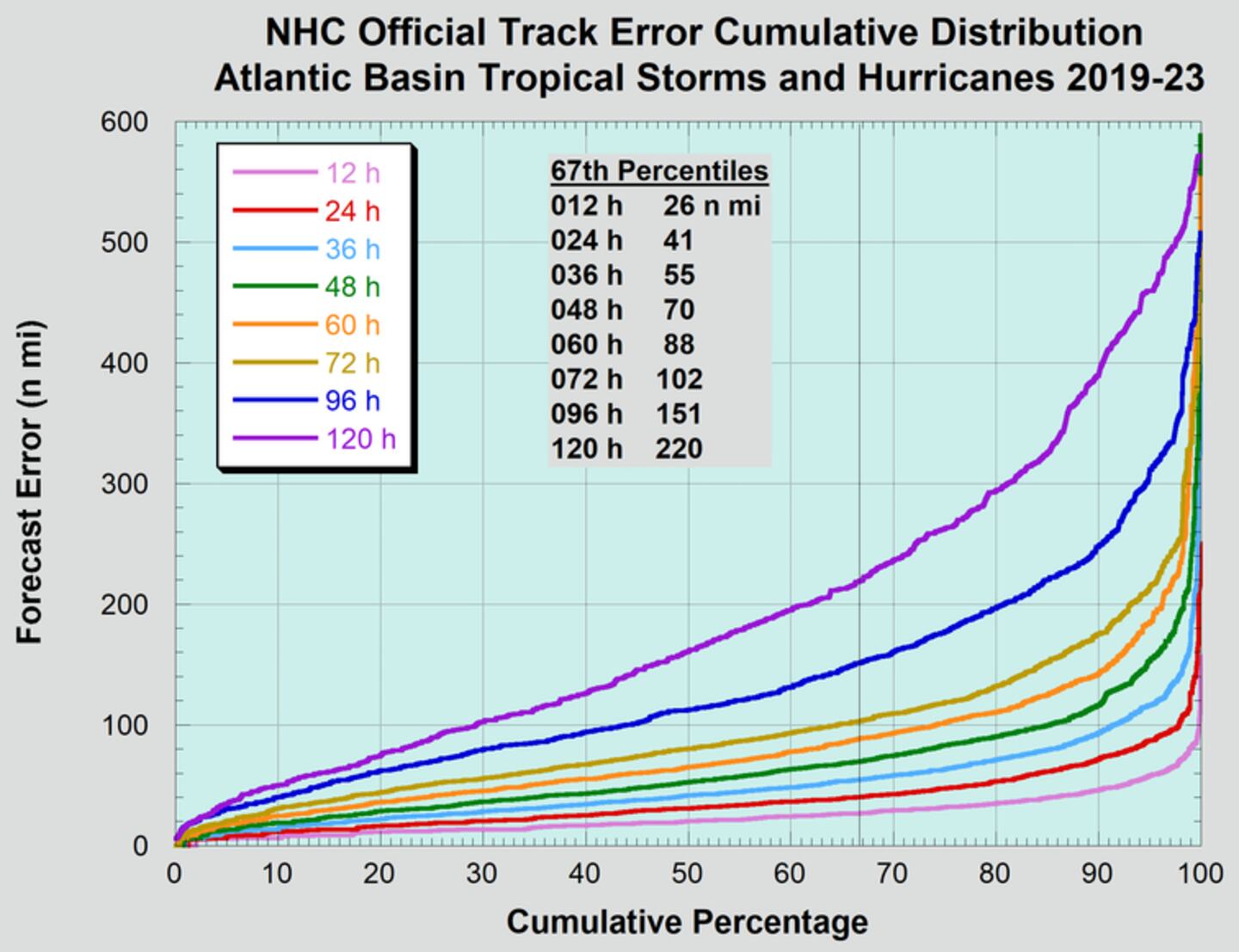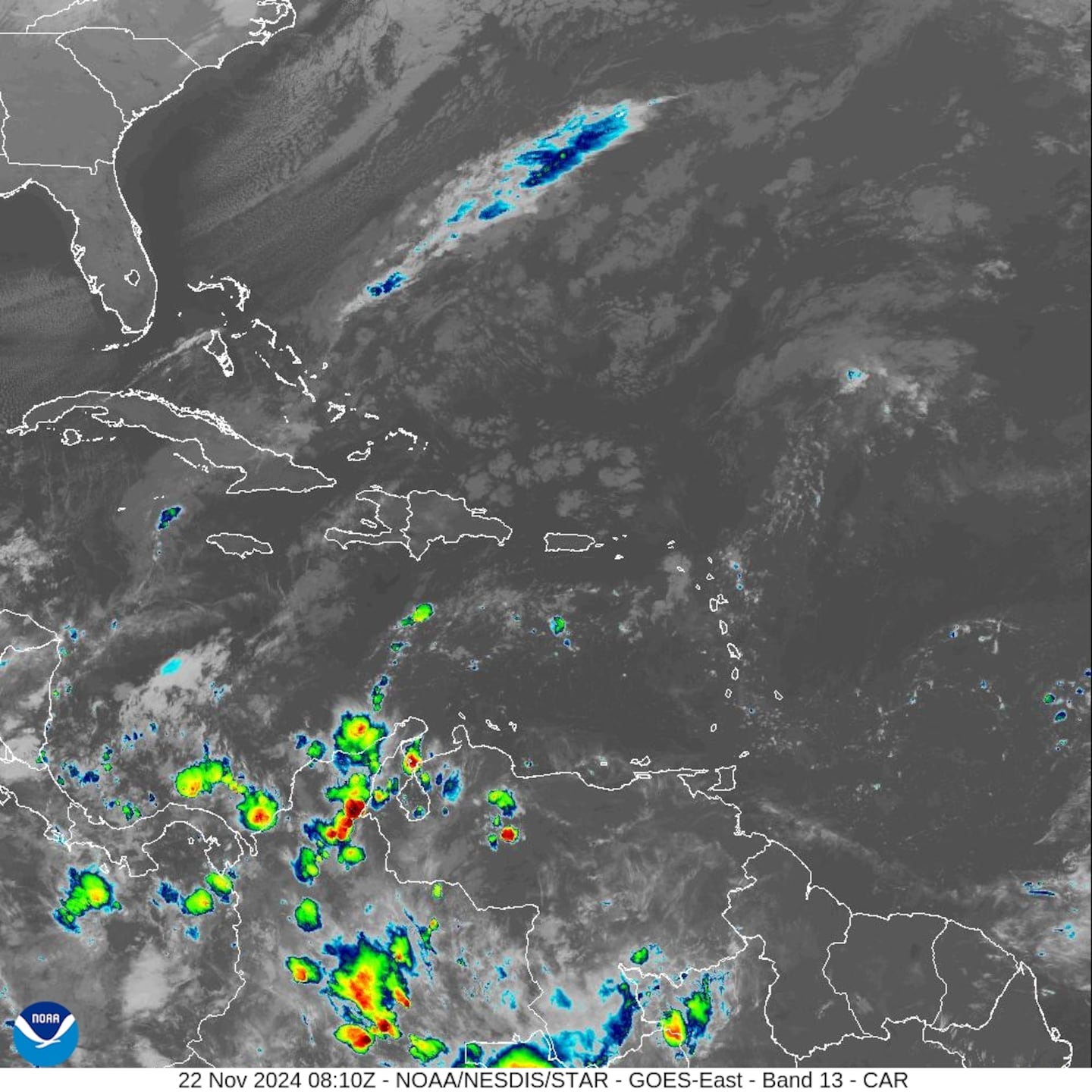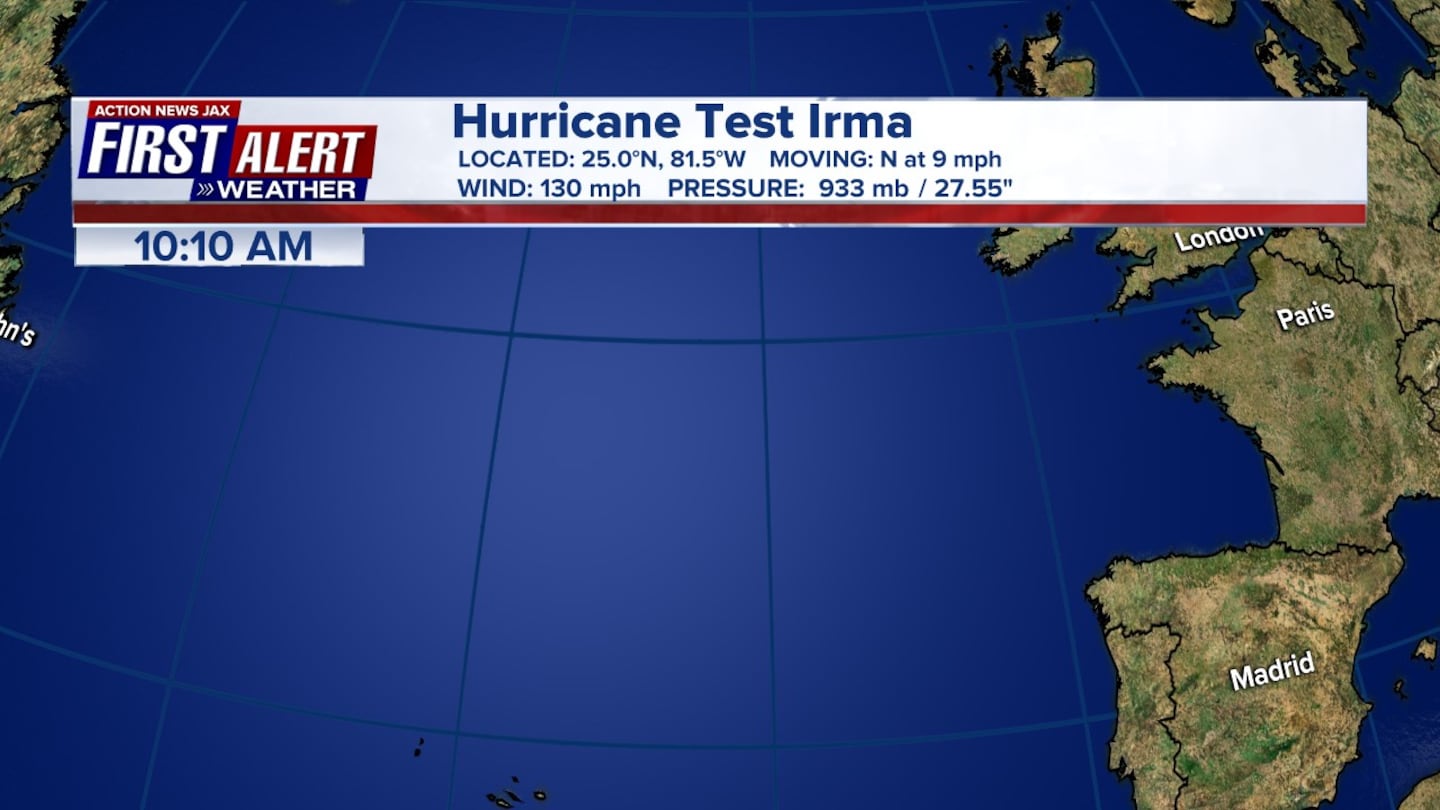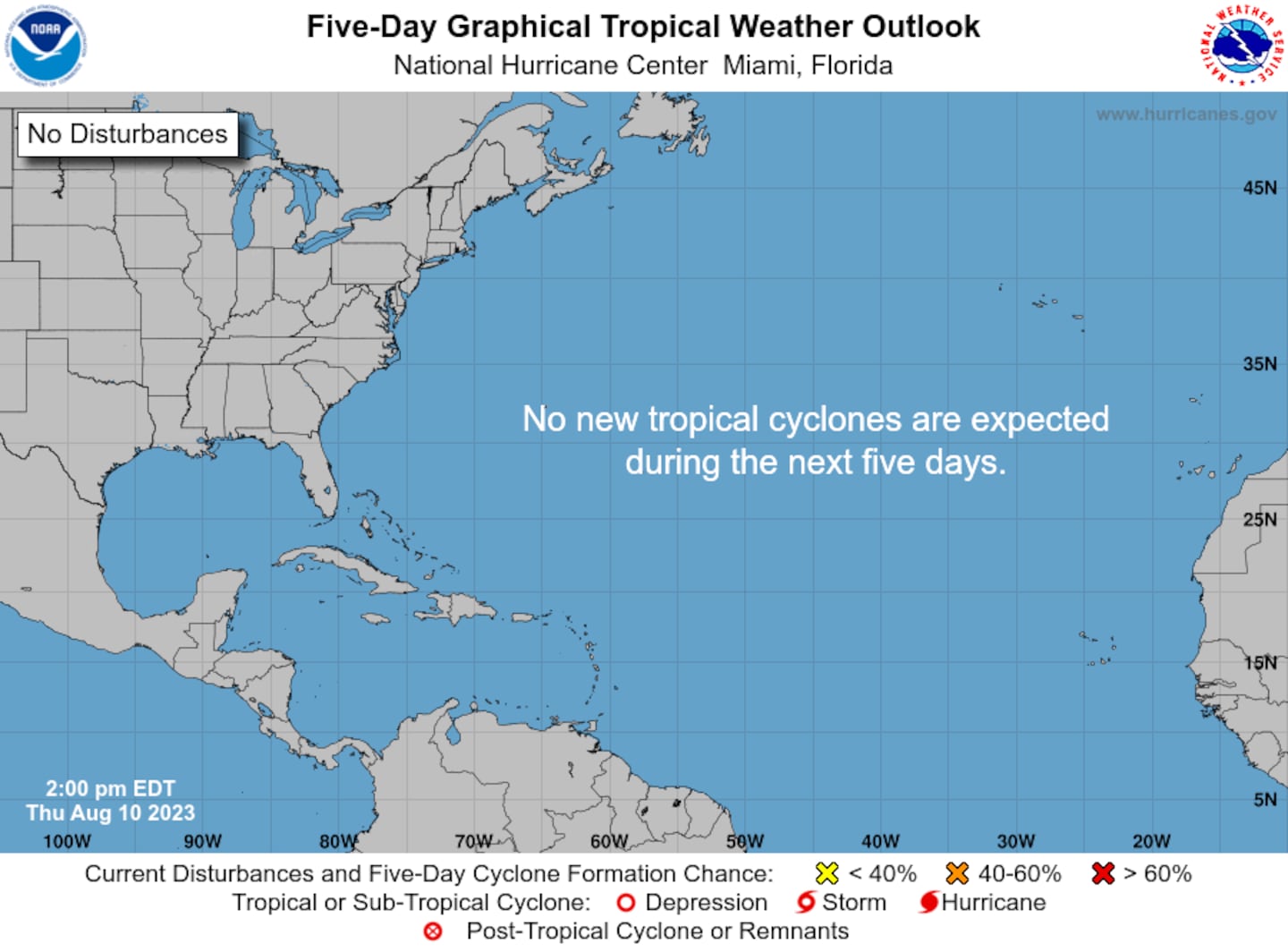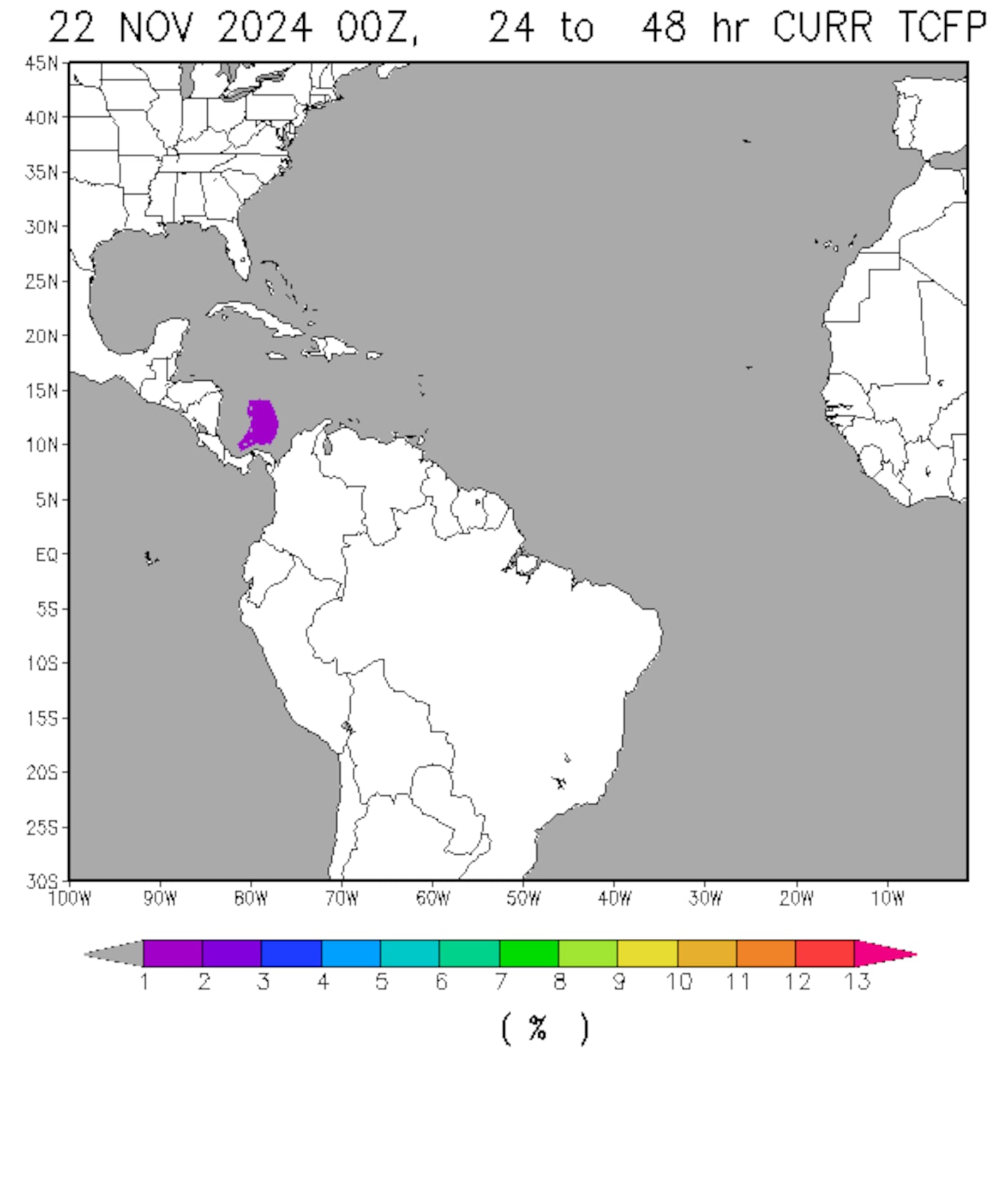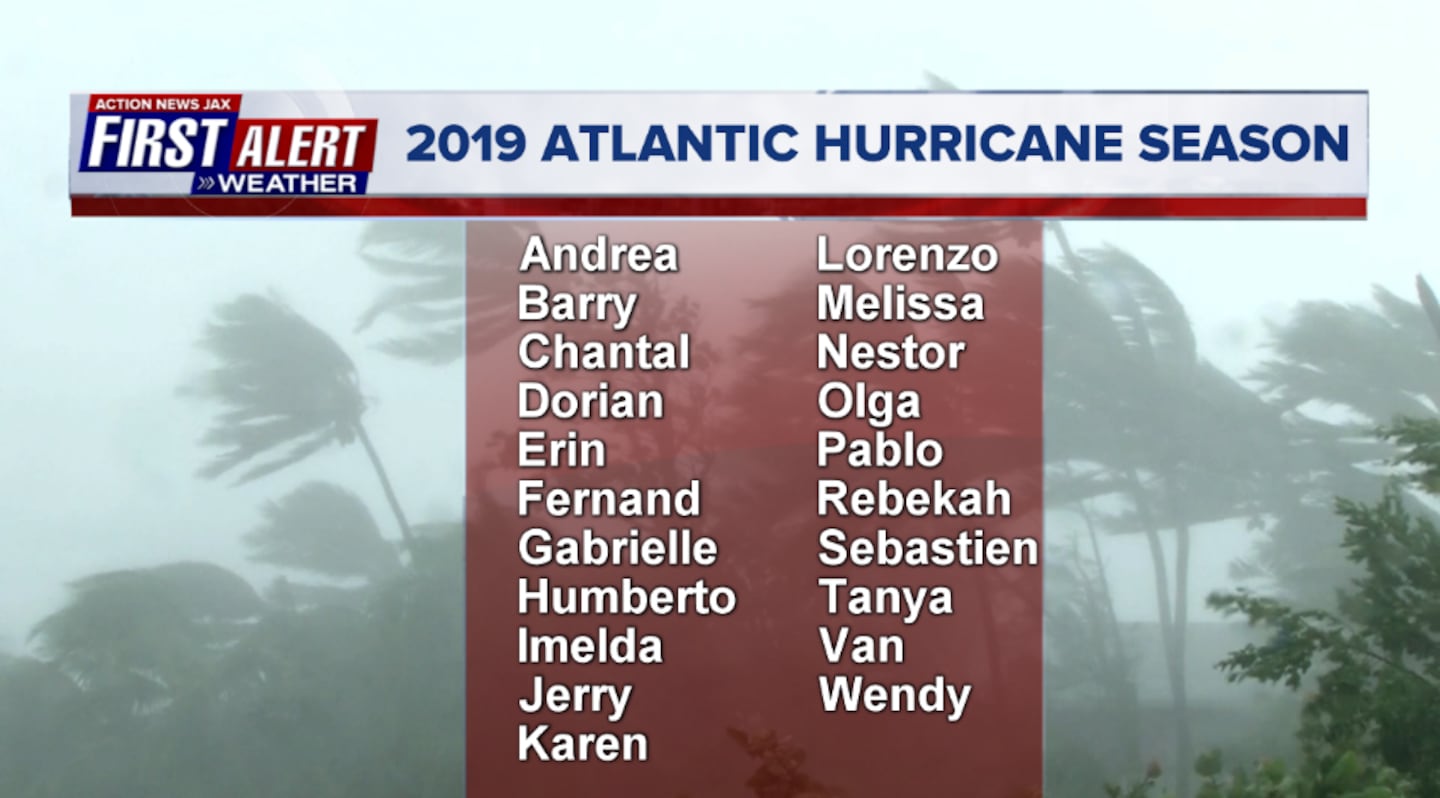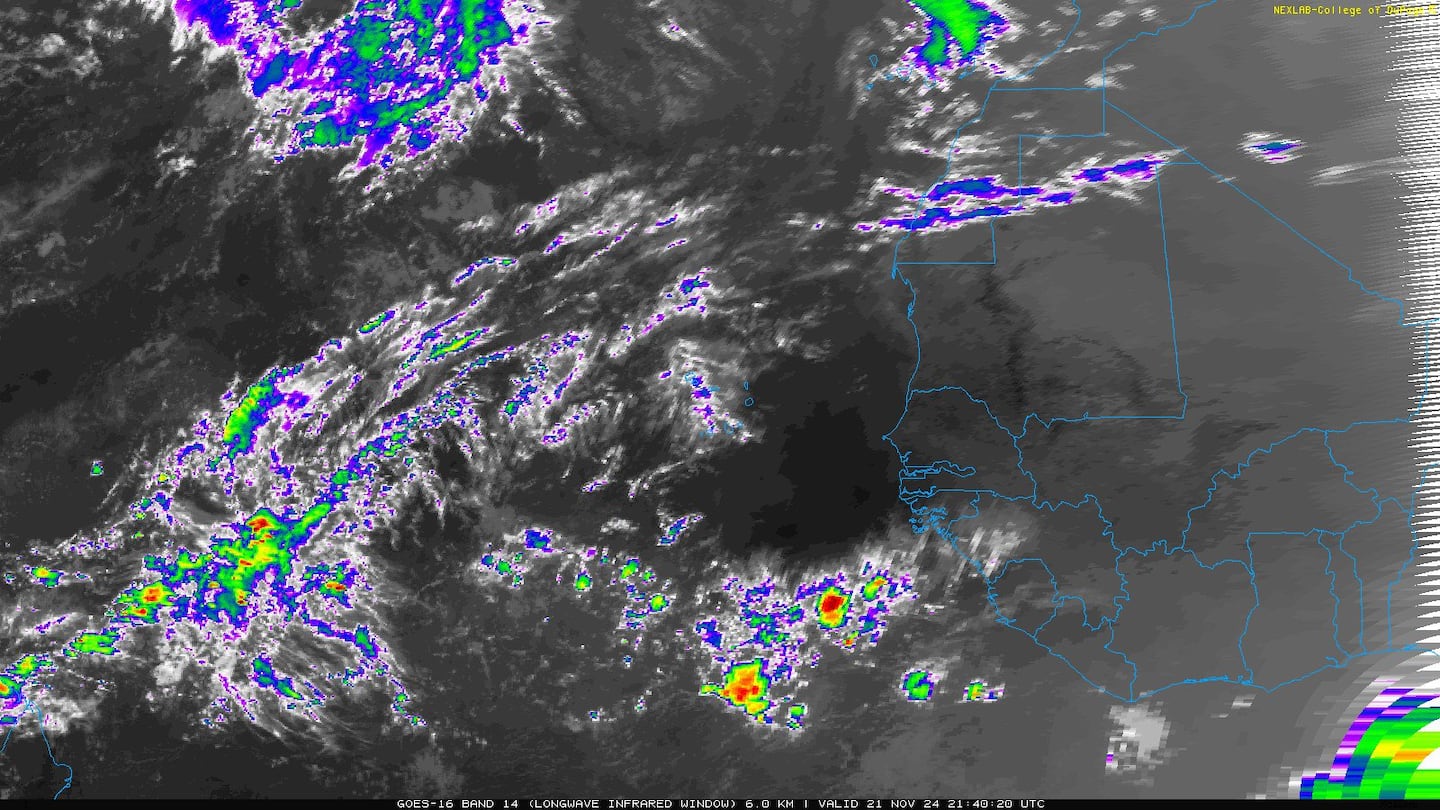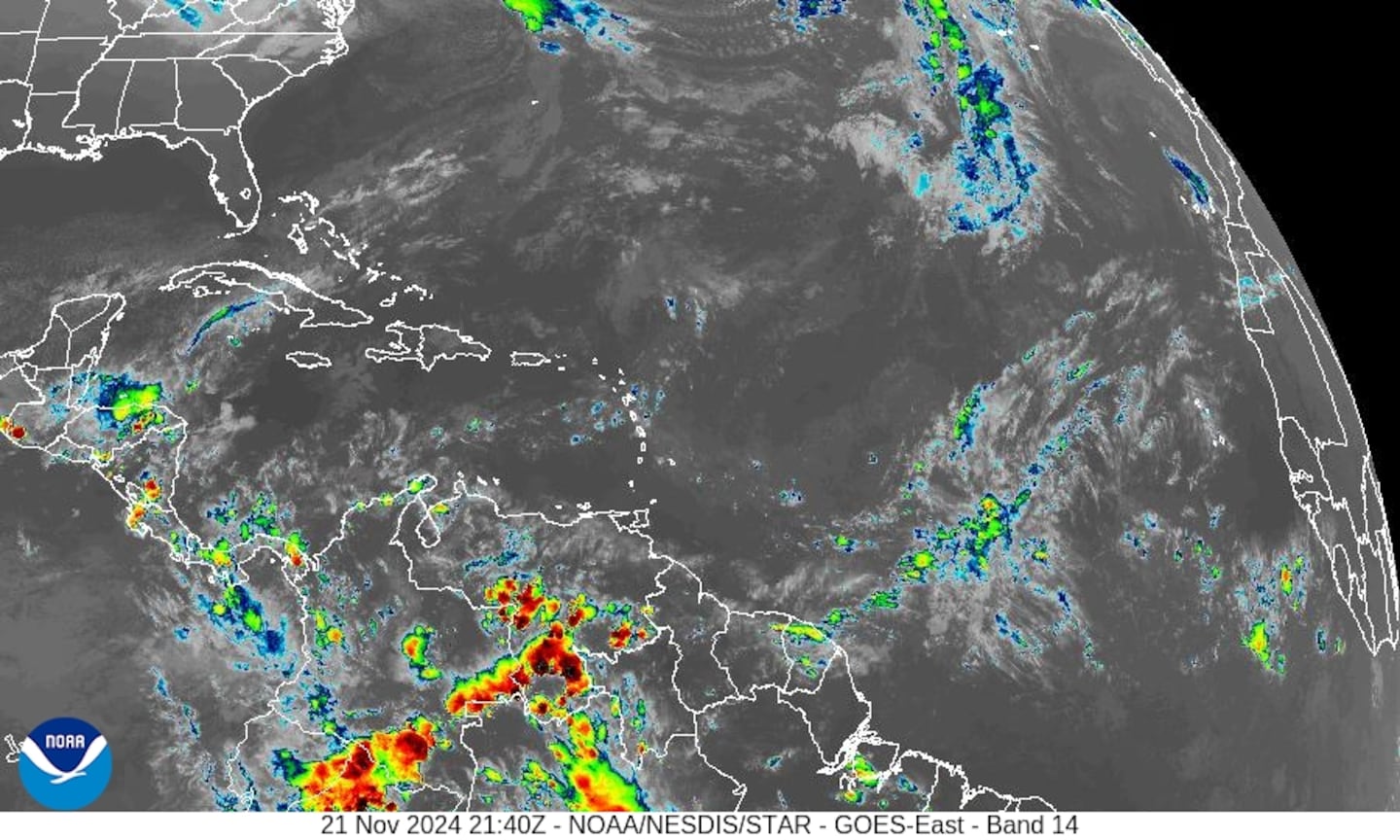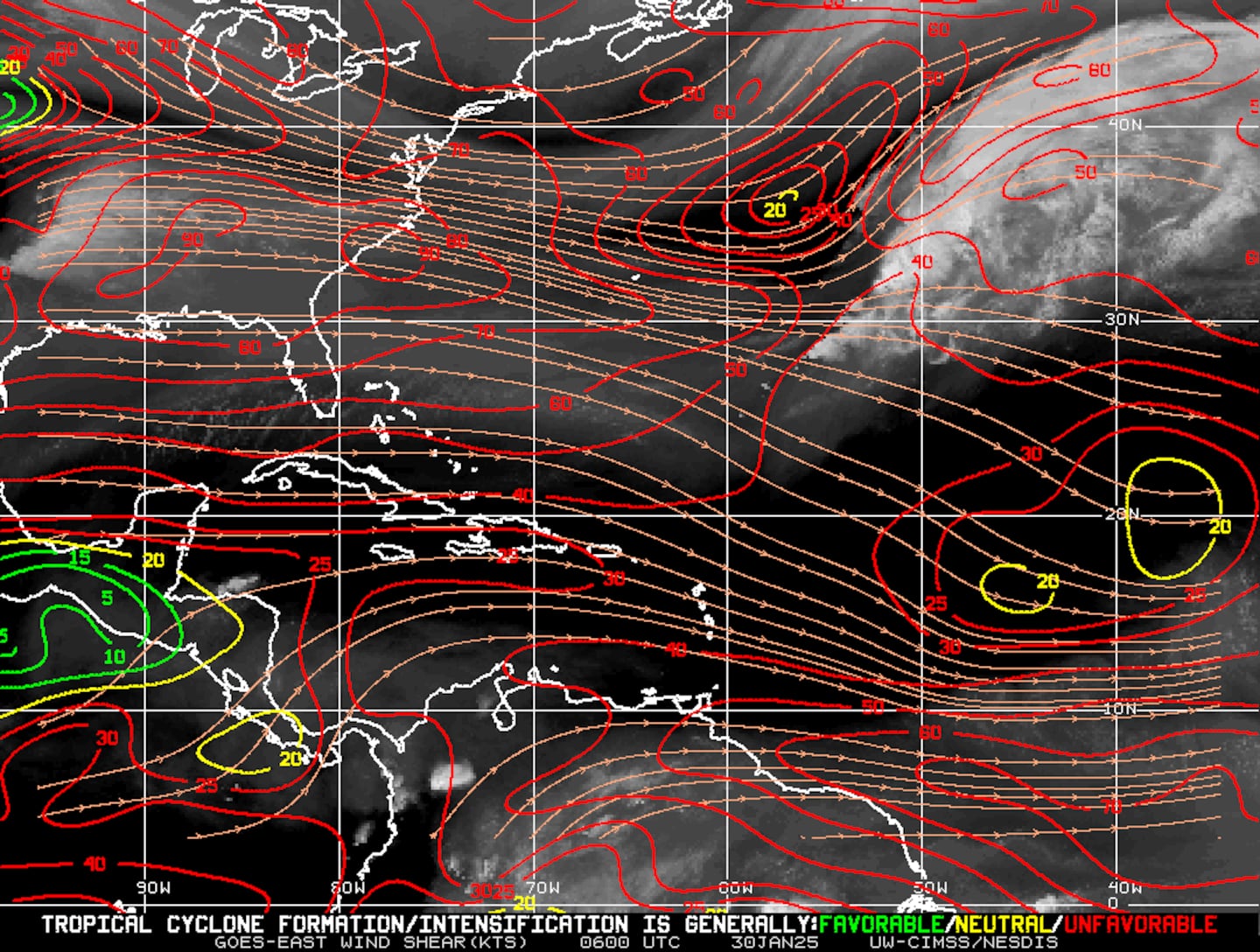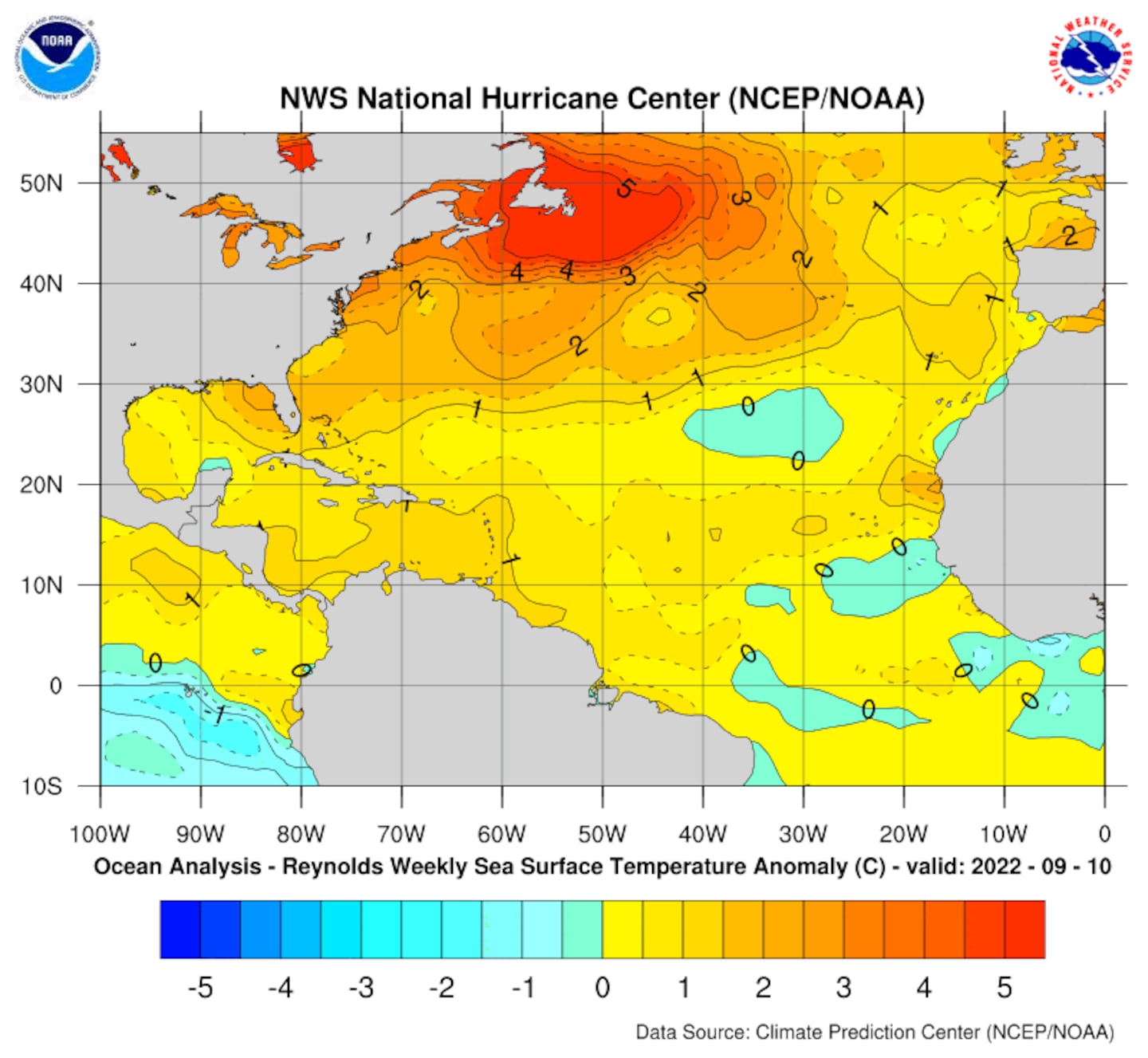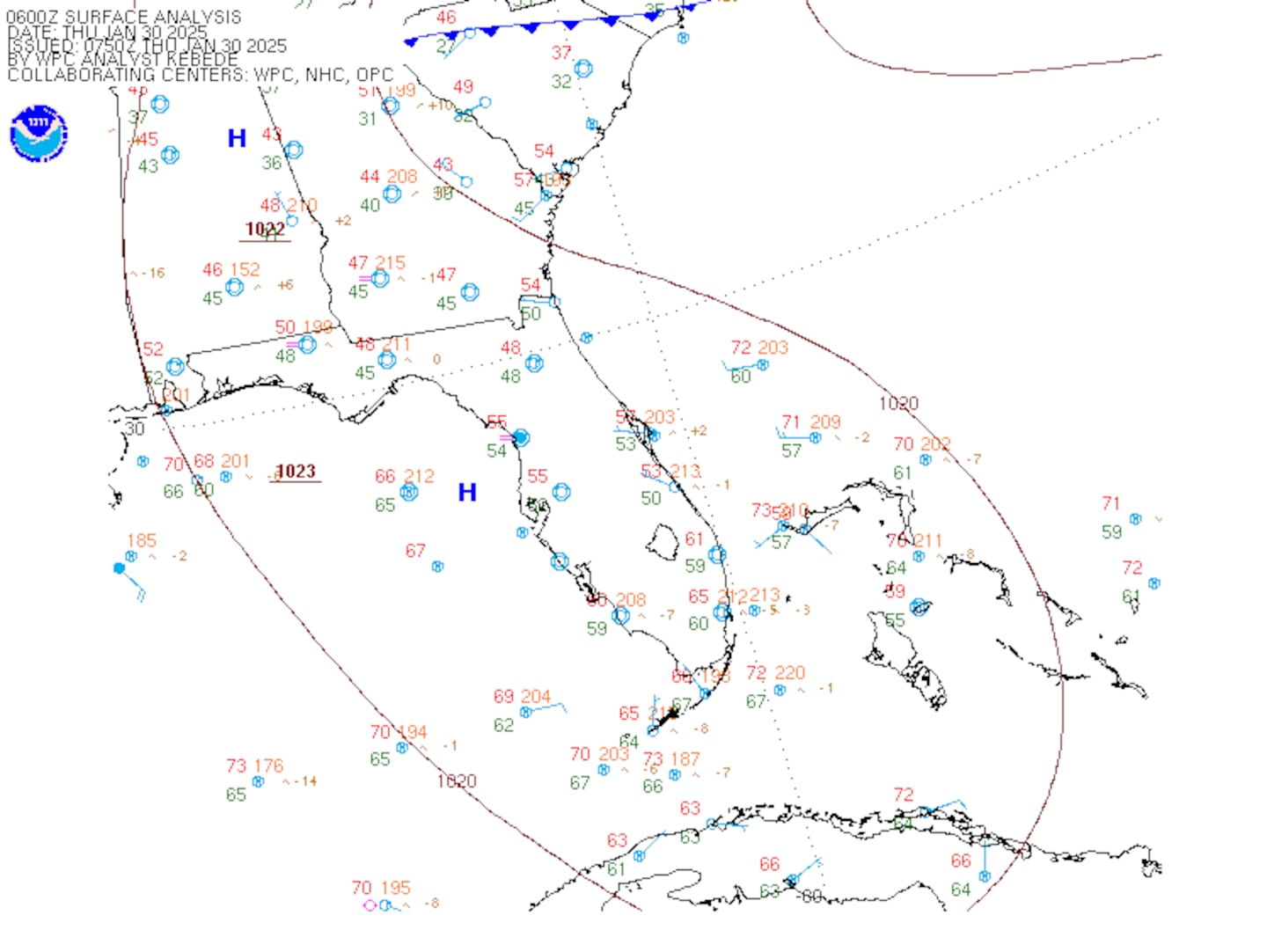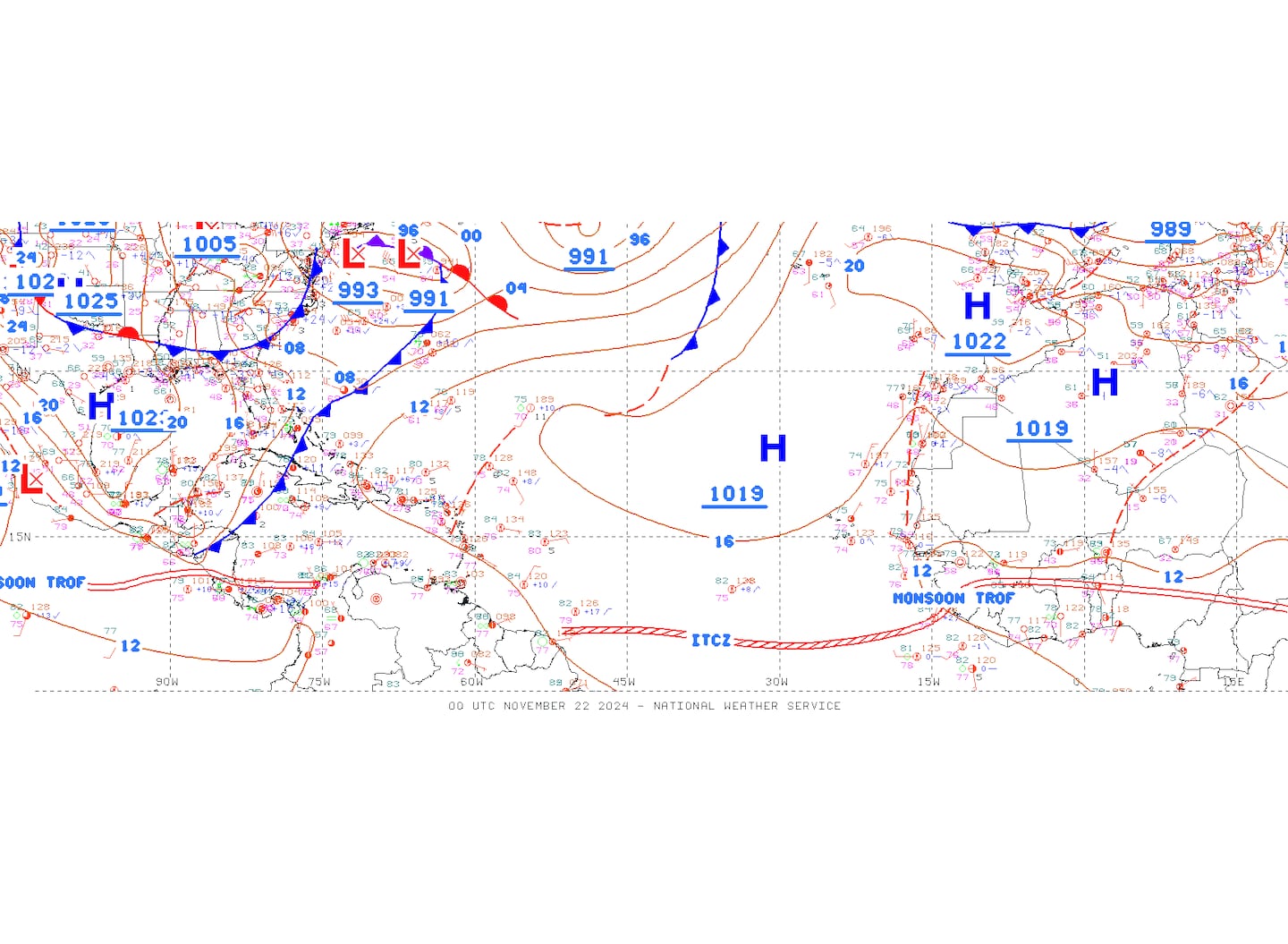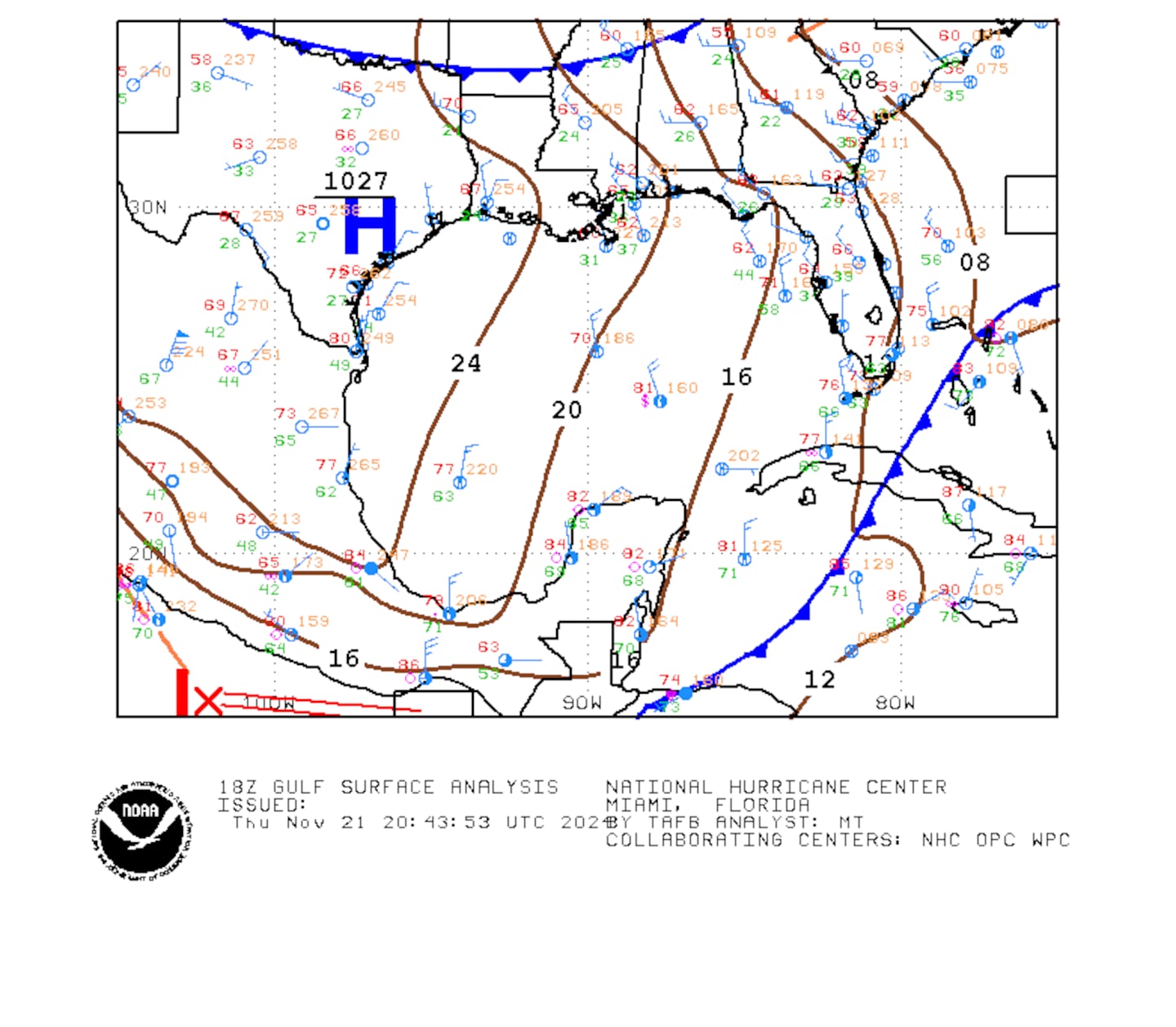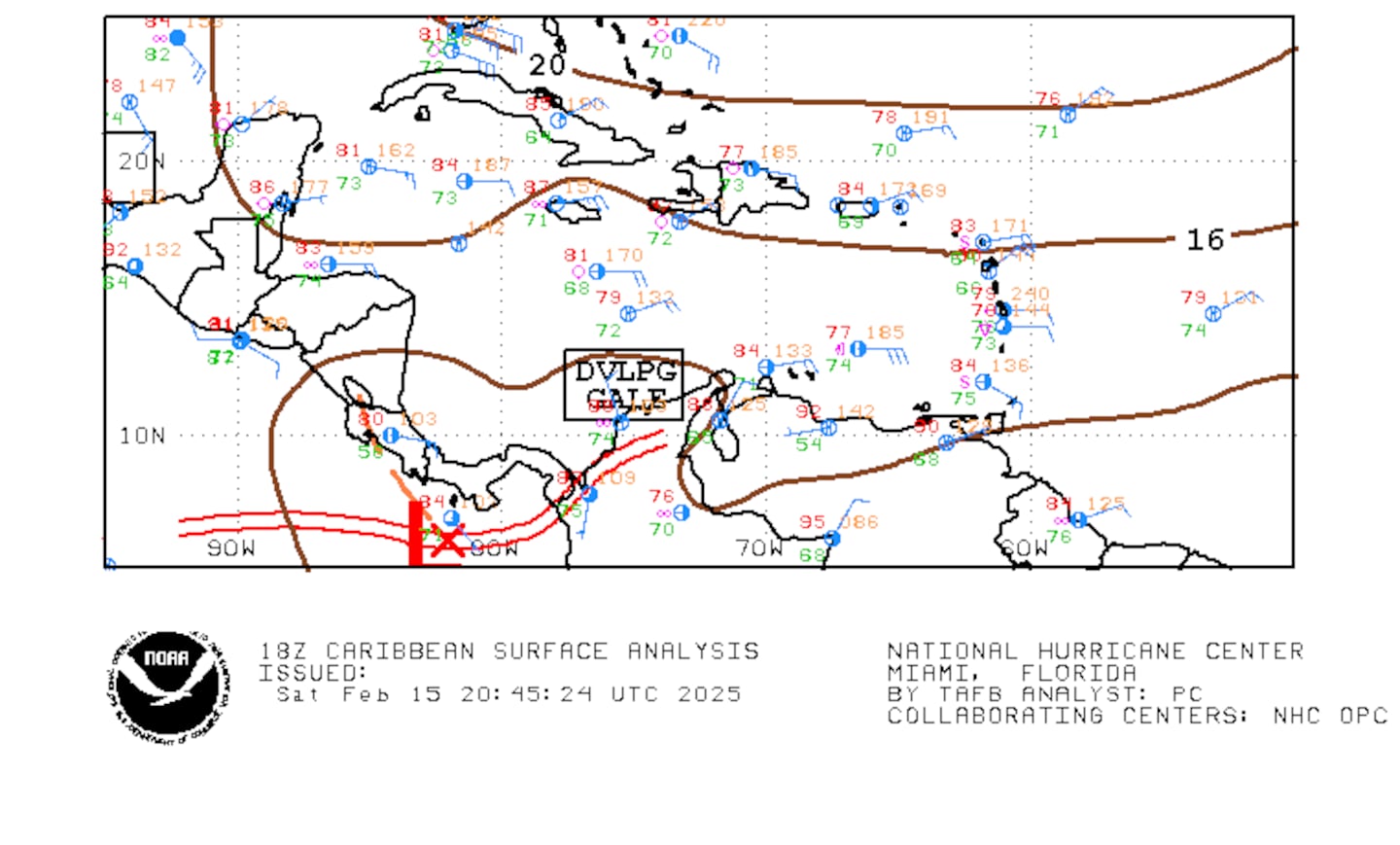Aug. 28, 2019 — The "Buresh Bottom Line": Always be prepared!.....First Alert Hurricane Survival Guide... City of Jacksonville Preparedness Guide... Georgia Hurricane Guide.
STAY INFORMED: Get the * FREE * First Alert Weather app
FREE NEWS UPDATES, ALERTS: Action News Jax app for Apple | For Android
WATCH "Surviving the Storm"
READ the First Alert Hurricane Center "Survival Guide"
DORIAN:
It's still early on this one but POSSIBLE Jacksonville/NE Fl./SE Ga. impacts (primarily later Sat./Sun./Mon.) & very dependent on exact location & intensity of Dorian:
* increasing & potentially deadly rip current risk at area beaches. Always swim & surf with a "buddy" & as near a lifeguard as possible though best advice is to stay out of the water! Rip current explainer & safety info * here *.
* rough seas & surf... some coastal flooding (accentuated by new moon phase Fri. in addition to heavy rain) + above avg. tides at the coast, St. Johns River & its tributaries.
* breezy winds out of the east/southeast 15-20 mph, higher gusts.... peak wind gusts could reach 50+ mph Sunday into early next week depending on positioning & strength of Dorian.
* several periods of heavy showers & t'storms, but it's not looking like a "washout" for the weekend.... wettest Sunday into Monday.
* isolated fast-moving tornadoes/waterspouts
Tropical storm Dorian continues to move steadily northwest with gradual structural organization (some banding + bursts of t'storms) evident on satellite data though considerable nearby dry air often interrupts the process, so Dorian seems to have to start all over again at times. Sort of 1 step forward, 2 back which is keeping the tropical cyclone essentially steady state, but there have been indications of poleward outflow channels trying to develop indicating perhaps more ventilation aloft & a more organized Dorian overall. Squalls of heavy rain & gusty winds hit Barbados & St. Lucia head-on Mon. night into Tue. & now Puerto Rico Wed./Wed. night then Dorian will be over the open Southwest Atlantic for at least several days. The forecast land interaction, so the overall marginal atmospheric conditions + friction from land should limit - & possibly decrease - Dorian's intensity - at least for a while - from late Wed. into Thu. It's worth noting that Dorian is a small/compact system - tropical storm force winds extend about 60 miles from the center - & therefore may be susceptible to even small changes in its environment (shear/ dry air/land) resulting in wide intensity swings over a short period of time. In any case.... anyone with travel plans to the Caribbean through the week & the Bahamas through the weekend should stay up to date on the latest forecasts. Strong winds & heavy rain will affect the U.S. Virgin Islands & Puerto Rico - & to a lesser extent - the Dominican Republic from into Thu.
As for beyond the Caribbean..... much will depend on what kind of state (core) Dorian has upon moving into the SW Atlantic as well as the positioning of a rather narrow upper level ridge of high pressure across the Central Atlantic. It's pretty clear now that Dorian will miss the high mountain peak of Hispaniola but will get "roughed up" some while over Puerto Rico. The European model has become consistent with Dorian at least reorganizing then generally strengthening over the SW Atlantic before reaching the Florida coast over the weekend. The GFS model, on the other hand, had been emphatic on a much weaker system moving much more westward. BUT now the GFS - as of early Tue. - has joined many of the other forecast models in showing a more northwest & even northward movement across the SW Atlantic & Bahamas then near or into Florida (depends on the model run) over the weekend or even not until early next week. The UKMET model has been showing a similar trend as the European though generally stronger (but has not done particularly well w/ t.d. #6 - too strong, too far west). However, the UKMET has been lacking consistency. It's not wise to jump on a single model run or even a single model. And there will continue to be changes & updates. The GFS is now the northern outlier & slowest while the European is the fastest & the more southern outlier. The conditions over the SW Atlantic & near the Bahamas do appear quite favorable for at least maintaining Dorian if not allowing for strengthening. We need to be aware of the potential for a stronger tropical cyclone in the long term than is currently indicated by models & forecasts.
Our "fork in the road" is coming down to what Dorian's core looks like once out of Puerto Rico (assuming the storm survives that transit). It seems likely that an exiting trough over the Northwest Atlantic this week (helping to steer Erin N/NE) will not be strong enough to pick up Dorian. Instead, high pressure will rebuild in place of & south of the exiting trough turning Dorian back more to the west/northwest & possibly west upon approach to Florida & the S.E. U.S. coast.
So.... the bottom line is stay up to date on the latest forecasts for the Caribbean, Fl. & Southeast U.S. this week into the upcoming holiday weekend. There will be changes in the forecast & impacts in the days ahead! Don't be so foolish as to look at a forecast one day & not return for an update whether it's 1, 3 or 5+ days later.
Spaghetti model plots for Dorian:
Ensemble (An ensemble weather forecast is a set of forecasts that present the range of future weather possibilities) spaghetti plots: (for an in-depth look on ensemble modeling see * this * [Blake/Brennan, NHC])
And remember what that "cone of concern or uncertainty" means & does not mean. That cone has everything with the historic track error ranging from the moment the forecast was issued all the way out to 5 days when the avg. error is nearly 200 miles!
National Hurricane Center average track error starting with 12 hours & ending at the 120 hour forecast from 2014-'18:
The shear analysis (see image below) helps show some of the steering currents as well. There is a relatively small area of shear over the northwest portion of the circulation. But more importantly is a larger area of shear north Hispaniola over the Bahamas associated with an upper low that's moving south/southwest. Two things on this upper low: (1) it will continue to produce shear over or near Dorian, especially as Dorian advances W/NW.... (2) there should some nudge northward on the east side of the upper low until the upper low weakens & shifts away. This is where it seems a lot of the modeling differences are coming in - on the handling of this upper low feature AND a narrow but important ridge of high pressure across the Atlantic.
There will be some land interaction - primarily Puerto Rico - through Wed. night. Mountainous terrain (peaks as high as nearly 4,400 feet) & should cause at least some weakening + disruption of an already "soft" core. But it does appear that the majority of Dorian's circulation will miss the higher, more prominent mountains of the Dominican Republic.
IR satellite:
Visible satellite:
Tropical wave '98-L' was upgraded to tropical depression #6 late Mon. & is now tropical storm "Erin" over the Western Atlantic between Bermuda the U.S. Rip currents along area beaches are the biggest threat from the Carolina's to Chesapeake Bay to possibly New England.
No change in the movement forecast. After a slight slow north/northwest movement, an upper level trough to the north will become the main steering mechanism accelerating & taking the storm well east of the U.S. east coast & west & northwest of Bermuda. Other than the rip current risk along the U.S. east coast, no major direct impacts are expected & certainly no impacts for NE Fl./SE Ga.
Spaghetti model forecasts for "Dorian":
An examination of dust over the Central & Eastern Atlantic shows a continuation of a good deal of dust over the Central & Eastern Atlantic as well as parts of the Caribbean. Dorian has been trying to fight off this dry air the last several days.
2019 names..... "Fernand" is next on the Atlantic list (names are picked at random... repeat every 6 years... historic storms are retired (Florence & Michael last year):
East Atlantic:
Mid & upper level wind shear (enemy of tropical cyclones) analysis (CIMMS). The red lines indicate strong shear of which there is plenty across the Atlantic at the moment:
The Atlantic Basin:
Water vapor imagery (dark blue indicates dry air):
Deep oceanic heat content:
Sea surface temp. anomalies show a warm Gulf of Mexico, Central & Northwest Atlantic while the "Main Development Region" (MDR) remain cooler than avg. along with parts of the Central Caribbean.....
SE U.S. surface map:
Surface analysis centered on the tropical Atlantic:
Surface analysis of the Gulf:
Caribbean:
Cox Media Group

